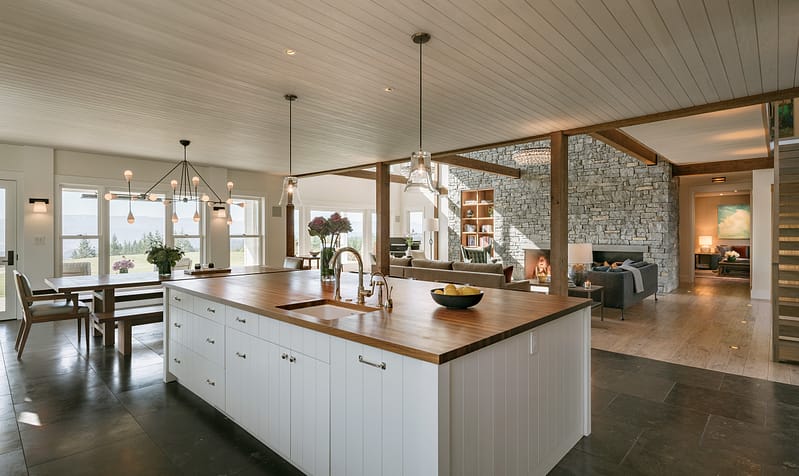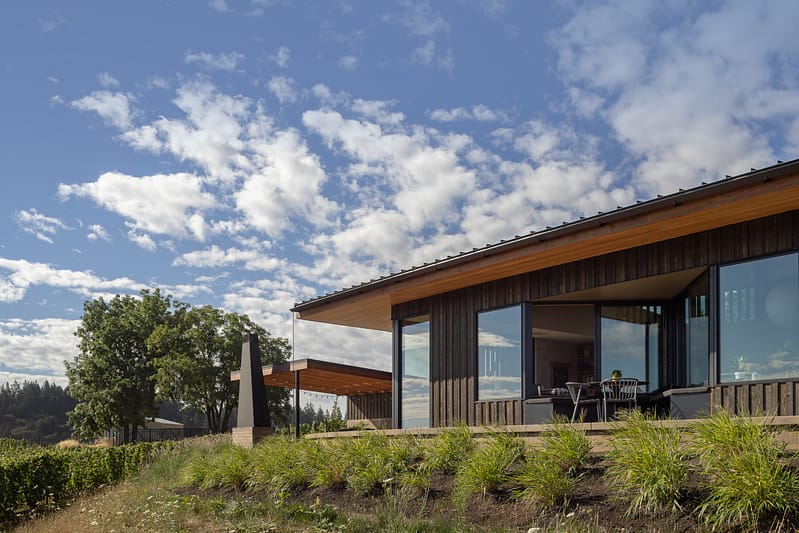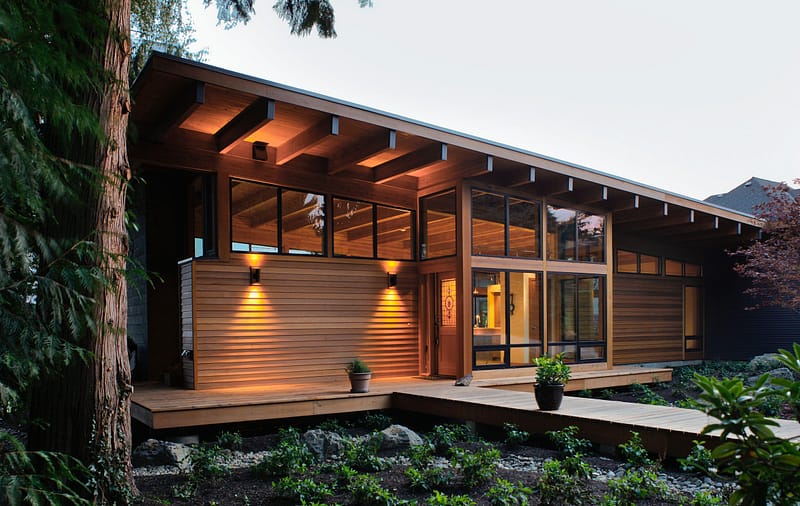Hammer & Hand’s been convinced for years that the UGB is good land use policy. It protects farms and forests, it discourages sprawl, and it redirects development inward where, incidentally, we like to build and remodel homes. Now more and more of our home builder colleagues agree.
 In Portland Architecture’s recent post, “The urban growth boundary and homebuilder humble pie”, Brian Libby writes about the dawning realization among former opponents of the urban growth boundary (UGB) that, actually, a more compact approach to the region’s growth has helped us weather the recessionary storm. No one’s saying the recession’s been easy for the region, particularly for builders, but things likely would have been much worse if not for the UGB.
In Portland Architecture’s recent post, “The urban growth boundary and homebuilder humble pie”, Brian Libby writes about the dawning realization among former opponents of the urban growth boundary (UGB) that, actually, a more compact approach to the region’s growth has helped us weather the recessionary storm. No one’s saying the recession’s been easy for the region, particularly for builders, but things likely would have been much worse if not for the UGB.
I’ve written here before about the benefits of UGBs in the post “Sustainable Building 101: don’t let ‘green’ structures go gray”. To be truly green, a home must be woven into a built environment that supports sustainable living – less driving, less energy consumption, a smaller ecological footprint. And a compact UGB helps create that built environment by:
- refocusing development on the region’s core and in communities with existing infrastructure and vibrancy, and
- promoting a compact urban form that encourages walking, biking and transit.
All of this increases demand for development types like remodels (which preserve embodied energy), accessory dwelling units (which increase housing on existing developed land), and infill homes (which maximize use of urban land).
The Home Builders Association (HBA) has traditionally lobbied for weakening the region’s UGB, putting that portion of their policy work at odds with the values of builders like Hammer & Hand. After all, we’re not interested in creating tracts of cookie cutter homes, but rather relish remodeling the craftsman next door or building a new model green home on the infill lot across the street.
Don’t get me wrong, some of our favorite projects can be found at the region’s periphery … in fact we’ve got a number of such project in the works right now. But they are unique, site-specific homes that are sensitive to their surrounding context. Not your UGB-busting subdivision fare.
And most of our work occurs in the heart of the region’s existing communities. So we’ve always liked how the UGB has (helped) direct development energy away from sprawl and into the region’s core. It’s been good for our business and in line with our environmental ethos as a company.
Now, as Libby shares in his excellent blog post, the HBA is coming around on the UGB. The recession has convinced many that the UGB is a good thing for our region’s economy, especially in the construction sector. Libby writes:
Perhaps most noteworthy of all the remarks and attitudes to come out of the Home Builders Association of Metropolitan Portland’s annual forecast breakfast was the admittance that our metro area’s urban growth boundary has been a boon, not the boondoggle home builders used to see.
Tim Sullivan of John Burns Real Estate Consulting said at the breakfast that if not for the state’s strict land-use laws, Oregon might have suffered a fate more like Phoenix or Las Vegas: massive overbuilding that has created an economic black hole, especially in the once big-booming Sin City. “It’s because of your urban growth boundary,” Sullivan said. “You’re the antithesis of Phoenix, where you can build anything, anywhere at any time.”
-Zack




